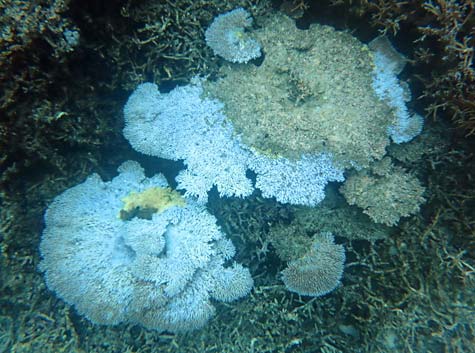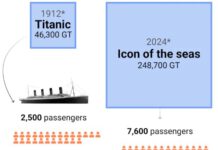Rising ocean temperatures threaten spread of major heat stress to Hawaiian reefs
As unusually warm ocean temperatures cover the north Pacific, equatorial Pacific, and western Atlantic oceans, NOAA scientists expect greater bleaching of corals on Northern Hemisphere reefs through October, potentially leading to the death of corals over a wide area and affecting the long-term supply of fish and shellfish.

While corals can recover from mild bleaching, severe or long-term bleaching kills corals. Even if corals recover, they are more susceptible to disease. Once corals die, it usually takes decades for the reef to recover — but recovery is only possible if the reefs are undisturbed. After corals die, reefs degrade and the structures corals build are eroded away, providing less shoreline protection and less habitat for fish and shellfish.
“The bleaching that started in June 2014 has been really bad for corals in the western Pacific,” said Mark Eakin, NOAA Coral Reef Watch coordinator. “We are worried that bleaching will spread to the western Atlantic and again into Hawaii.”
Earlier this year, NOAA’s Coral Reef Watch four-month Coral Bleaching Outlook accurately predicted coral bleaching in the South Pacific, including the Solomon Islands, Papua New Guinea, Nauru, Fiji, and American Samoa. It also recently predicted the coral bleaching in the Indian Ocean, including the British Indian Ocean Territory and the Maldives.
Coral bleaching occurs when corals are stressed by changes in environmental conditions such as temperature, light or nutrients. The coral expels the symbiotic algae living in its tissue, causing the tissue to turn white or pale. Without the algae, the coral loses its major source of food and is more susceptible to disease. Scientists note, however, that only high temperatures can cause bleaching over wide areas like those seen since 2014.
In fall 2014, Hawaii saw widespread coral bleaching for the first time since 1996. If corals in Hawaii bleach again this year, it would be the first time it happened in consecutive years in the archipelago.
read more … – NOAA – National Oceanic and Atmospheric Administration











